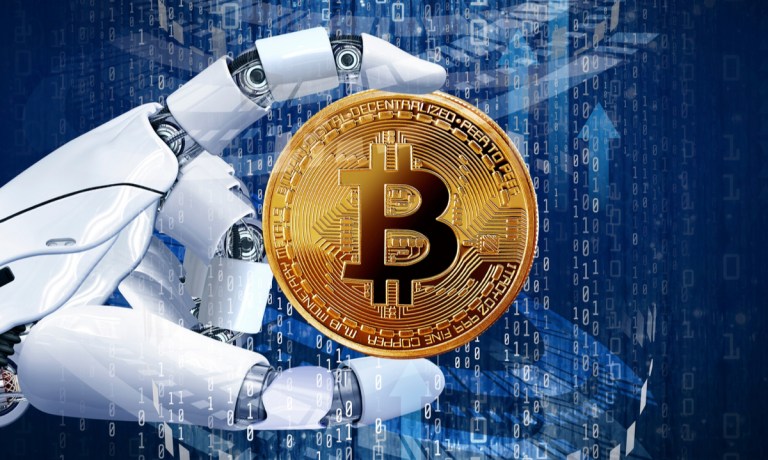
Cryptocurrency miners are reportedly experience a resurgence of sorts thanks to the artificial intelligence (AI) boom.
That’s according to a Sunday (July 2) report by The Wall Street Journal (WSJ), which notes that a number of companies tied to the crypto business have pivoted to AI.
Among them is Satoshi Spain, a one-time seller of crypto-mining rigs, which are equipped with the same graphic chips used in AI applications. Those machines weren’t in demand during the crypto winter, so Satoshi began retooling them for AI.
“You can still make money from your mining rig,” Satoshi Spain founder Alejandro Ibáñez de Pedro said. “It’s mining 2.0.”
The graphic chips used in the company’s computers — graphics processing units, or GPUs — are useful for the elaborate calculations used to create units of cryptocurrency and for the computational workloads needed to train generative AI systems, the WSJ said.
The report also notes that after the ethereum network — home to the second largest cryptocurrency after bitcoin — ended the practice of mining new coins, tens of millions of GPUs were freed up for the AI industry.
About 20% of these chips can be repurposed to train AI models, Vipul Ved Prakash, the CEO of alternative cloud provider Together, told the WSJ.
“You’re seeing more of the crypto-mining world look at participating in AI,” said Prakash. “That trend has started to mature.”
At the same time that crypto firms are helping AI, AI has the potential to reshape the crypto sector, Coinbase argued in a report last month, even as AI investments have declined (despite a wave of media attention to the industry).
“That said, the moderation in VC investing is not unique to the AI sector, and overall, there’s still a record amount of dry powder that ultimately needs to find a home,” wrote David Duong, head of institutional research at Coinbase.
“We think the intersection of AI and crypto represents an important opportunity for entrepreneurs looking to build in Web3.”
Duong pointed to several ways crypto and AI can collaborate. For example, he argued that “cryptocurrency platforms can make AI systems more accessible,” allowing people to contribute to its development at a time when a handful of major players dominate the generative AI space.
Meanwhile, PYMNTS looked recently at the impact of potential AI regulations on the industry.
“The next few years will see major steps made as separate digital empires emerge and compete for control over the future of AI technology — with Washington, Brussels and Beijing increasingly looked to for interoperability guidance as other countries consider their own AI legislations,” PYMNTS wrote last week.
“That’s why collaboration between industry and regulators is crucial for the growth of the industry and the ongoing expansion of spheres of digital influence.”